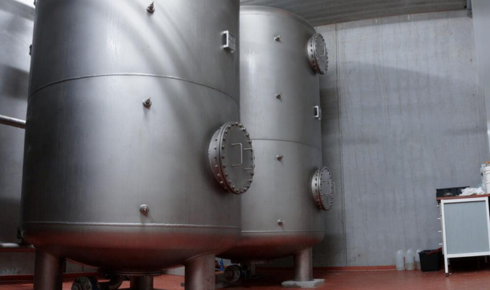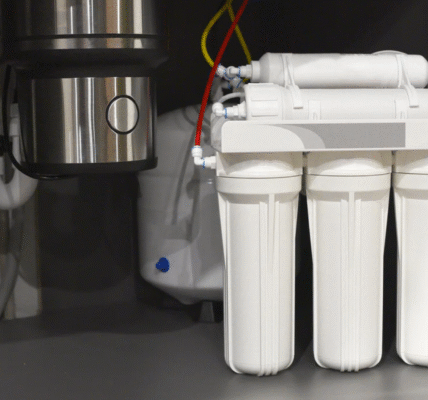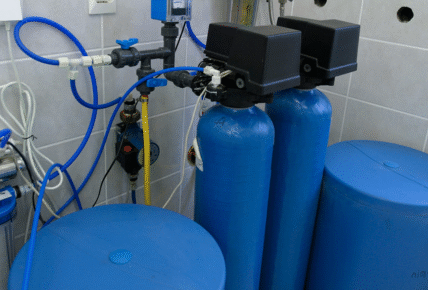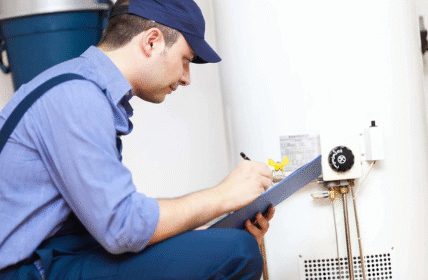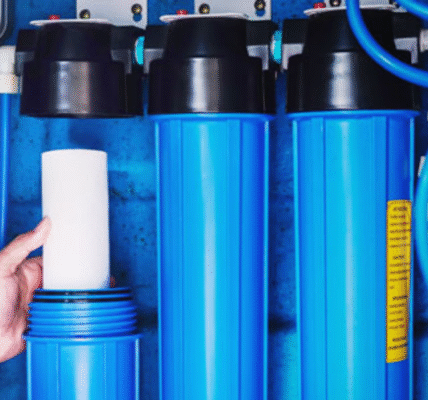There’s something oddly comforting about pouring yourself a glass of water and knowing it’s safe. It’s not glamorous, but it’s one of those everyday rituals that quietly shape our well-being. Flip the tap, fill the glass, take a sip—and you rarely stop to think about the invisible journey that water has taken before it reached you. But behind the scenes, a silent guardian is often doing the heavy lifting: the humble activated carbon water filter.
If you’ve ever wondered why these filters keep popping up in conversations about home health, sustainability, and even taste, it’s because they’ve been around for decades—and they still work. In a world buzzing about futuristic purification technologies, carbon remains oddly timeless.
The Everyday Magic of Carbon
The beauty of activated carbon lies in its simplicity. Derived from natural sources like coconut shells or coal, it’s processed to create millions of tiny pores. Imagine a sponge, but on a microscopic scale—those pores act like little traps, grabbing onto impurities as water flows through. Chlorine, pesticides, volatile organic compounds—they get caught, while the clean, crisp water passes through.
What makes it so humanly fascinating is that it doesn’t just “purify.” It also enhances taste. If you’ve ever had tap water with that faint swimming pool smell, you know what I mean. Carbon tackles that. Suddenly, coffee brewed at home tastes a little brighter, and even a basic glass of water feels fresher.
Installation Isn’t Rocket Science
One of the best things about modern water purification is how approachable it has become. Years ago, you’d probably have to hire a professional, pay a hefty service fee, and hope everything worked as promised. Today, most systems are designed with practicality in mind.
Of course, some people prefer professional help—and that’s fine. But many homeowners are pleasantly surprised when they realize water filter installation doesn’t always mean tearing apart your kitchen. Countertop models, under-sink setups, and even pitcher-style filters give you flexibility. You can start small, test the difference, and then scale up if you feel like investing in a more permanent setup.
And honestly? There’s a small sense of satisfaction in setting it up yourself. Like hanging a new picture frame or fixing a squeaky door—it’s a tiny project that leaves you feeling oddly accomplished.
Why Carbon Still Holds Its Ground
The water treatment industry is constantly chasing innovation. Ultraviolet sterilization, reverse osmosis, ion exchange… all buzzwords that sound futuristic and, in many cases, incredibly effective. But carbon hasn’t faded into irrelevance. Instead, it often works in partnership with newer technologies.
Think of it like a tag team. Carbon does an excellent job of handling chlorine, odors, and chemical contaminants. Meanwhile, other methods step in to deal with bacteria or dissolved salts. Together, they provide a more complete safety net. It’s not about competition—it’s about balance.
That’s why when you hear about an activated carbon water filtration system, it’s rarely just “carbon” alone. It’s usually part of a layered approach, designed to cover all the bases. And this layered approach is what makes clean water accessible without the taste compromises or complexity that might come with standalone systems.
Beyond the Kitchen Tap
Most people associate carbon filters with their kitchen sink, but they quietly exist in more places than you’d expect. Refrigerator water dispensers? Carbon-based. Portable water bottles with built-in filters? Carbon, again. Even some shower filters use carbon to soften the impact of chlorine on your skin and hair.
It’s almost like carbon has woven itself into the background of modern living—present, reliable, and unobtrusive. You don’t notice it when it’s working, but you definitely notice when it’s missing.
A Matter of Trust
Clean water isn’t just a luxury—it’s a basic necessity. But in recent years, news headlines have shaken people’s trust in municipal supplies. Stories of outdated pipes, chemical leaks, and microplastics have made homeowners rethink the assumption that “tap water equals safe water.”
This is where activated carbon earns its keep. It doesn’t promise to solve every issue, but it provides a tangible, reliable line of defense. And sometimes, that’s all you need: a simple solution that bridges the gap between trust and skepticism.
What to Expect After Installing One
Here’s the funny part—when you start using a carbon filter, you almost forget it’s there. The water just tastes… better. The smell disappears. Ice cubes look clearer. And after a while, it becomes the new normal.
But filters don’t last forever. Depending on your system, you’ll need to replace them every few months. Ignore that, and the filter can turn from helper to hindrance, releasing captured contaminants back into your glass. Think of it like changing the oil in your car—it’s maintenance, not magic.
For those new to it, the first few months feel like a mini science experiment. You might even catch yourself offering friends a glass of water and asking, “See? Doesn’t that taste different?” (Spoiler: most will politely nod, even if they can’t tell right away.)
The Bigger Picture
It’s easy to view filtration as a small, household concern. But zoom out, and you’ll realize it ties into something larger: sustainability. Every pitcher of filtered water means one less plastic bottle purchased. Every home system reduces the demand for single-use packaging.
In that sense, choosing carbon filtration isn’t just about personal health. It’s also about collective responsibility. Cleaner water at home contributes to a smaller environmental footprint. And in an era where every choice feels weighted with global consequences, that’s no small thing.
So, Is It Worth It?
Absolutely. Whether you’re renting a small apartment or managing a family household, investing in water filtration is one of those choices that pays off quietly but consistently. You may not throw a party over better-tasting water, but you’ll feel the benefits daily—hydration that doesn’t smell like bleach, coffee that tastes richer, peace of mind that isn’t priced like luxury.
Activated carbon might not be the flashiest technology on the market, but sometimes the classics stick around for a reason. They work. They’re affordable. They’re easy to integrate into your life without demanding constant attention.
Final Sip
In the end, clean water is personal. It’s tied to your health, your routines, and even your sense of home. And while the science behind it can get complicated, the experience doesn’t have to be.
A good carbon filter isn’t about chasing perfection. It’s about small, meaningful improvements that add up over time. And in a world where trust in the basics is becoming harder to hold onto, that quiet reliability feels almost priceless.

